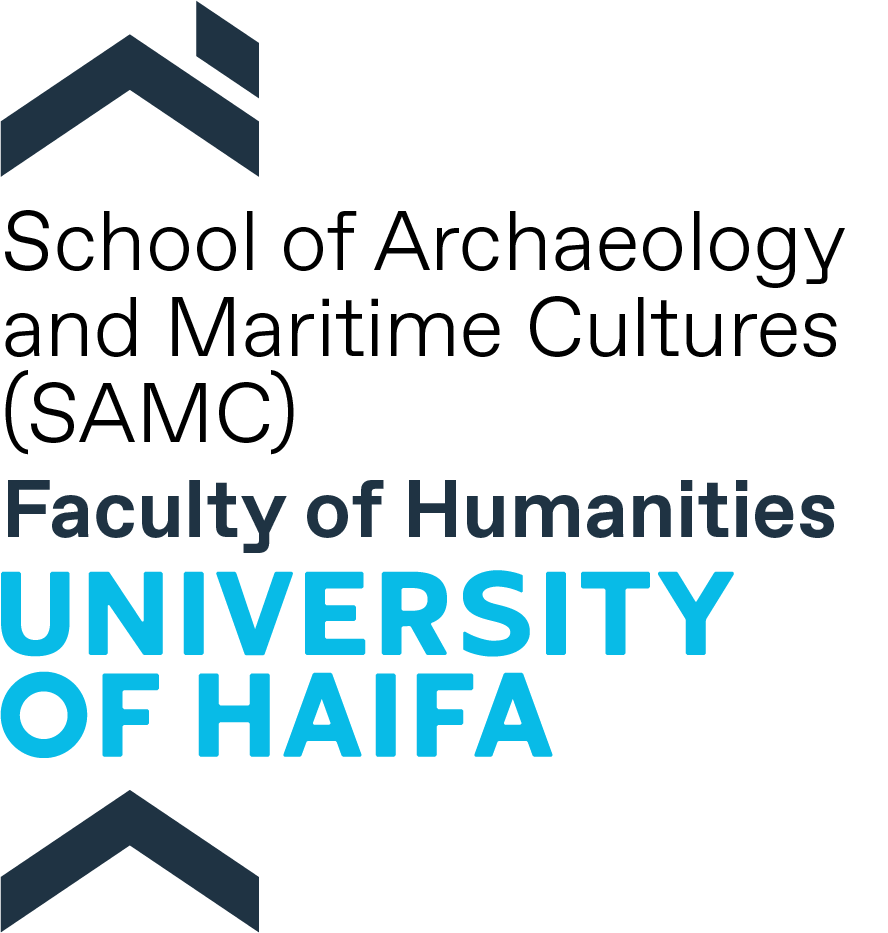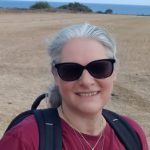Research and Teaching Faculty
Department Chair
Ruth Shahack-Gross
Faculty Members and Teaching Faculty
Ruth Shahack-Gross is Professor of Geoarchaeology and the founding chair of the Department of Archaeological Sciences at the University of Haifa. Her research focuses on socio-Economy, resource utilization and societal resilience, and archaeological site formation processes through the study of archaeological sediments and the materials found in them. She conducted Geo-ethnoarchaeological research in Israel, Kenya, Uzbekistan and Greece, and directed several small-scale excavations in the Negev Highlands and the Carmel Coast. Her laboratory is a hub for training a new generation of students in Geoarchaeology and archaeological sciences.
Yotam Asscher is a researcher of heritage science in the departments of Cultural Heritage and Archaeological Sciences at the University of Haifa. He is also the head of the Analytical Laboratory at the Israel Antiquities Authority. His research focuses on pyro-technological advancements, raw materials in crafts and art, and degradation processes, through non-invasive material characterization of finds from archaeological sites and museum collections. He explored these topics in Israel and Italy, and his laboratory is a center for interdisciplinary approach with strong foundation in conservation, archaeological, geological and chemical research.
Guy Bar-Oz is Professor specializing on the cultural and biological heritage of ancient Israel. His primary interests are in developing and applying novel methods for reconstructing in high resolution the culture and environmental landscape of extinct/past societies. In the last few years, his leading research has concentrated on human impact on ancient environments and the collapse and resilience of past societies in marginal environments. Guy Bar-Oz is the recipient of three consecutive ERC grants. His most recent ERC Advanced Grant (2024-2029) was awarded to support advanced research on reviving ancient varieties of fruit trees that once thrived in the Israeli desert. Ancient fruit trees are living archaeological relics that contain important information on traditional and sustainable horticulture that can be relevant to today’s climate challenges.
Tzilla Eshel is a lecturer that specializes in archaeometallurgy. She is the head of the Metals and Materials lab at the School of Archaeology and Maritime Cultures, University of Haifa. Her research focuses on the production of metals, the routes in which they were traded, metalworking, and metal use. In her laboratory, Dr. Eshel utilizes chemical and isotopic analyses and metallography for the research of materials. Dr. Eshel also co-directs the excavations of the Iron Age I site of el-Ahwat, starting September 2024.
David Friesem is an Associate Professor of Environmental Archaeology and the head of the Laboratory for Environmental Micro-History at the School of Archaeology and Maritime Cultures. He’s research integrates field archaeology with micro- and molecular archaeology and social theory in order to understand how human ecology, technology and social interactions are constructed by – and in turn modify – the physical, the social and the perceptual environment. His current projects focus mainly on the Eastern Mediterranean where he studies Palaeolithic caves and open-air sites, the earliest sedentary settlements found in land and under the sea, and later historic sites in the desert, coast and hinterland.
Iris Groman-Yaroslavski is a lecturer and researcher, the head of the Wear Analysis Laboratory that specializes in the application of tribology to the study of archaeological materials. Her research focuses on reconstructing ancient human behaviors through the analysis of microscopic wear patterns that are found on archaeological artifacts. In recent years her studies focus on detecting early signs of agriculture and origins of cereal domestication through the study of harvesting tools and residues adhering to the tools. She is the Vice President of the Association of Wear and Residue Analysis and her research integrates collaborations with international research teams and laboratories.
Gadi Herzlinger is a senior lecturer at the School of Archaeology and Maritime Cultures. He is a computational archaeologist focused on developing and applying innovative computational methods to archaeological research questions, especially in the areas of 3D modelling and morphological analysis. Aiming to better integrate computational approaches into mainstream archaeology, he strives to develop readily accessible tools which will allow archaeologists to independently apply these methods to their own research questions. He is an expert in the lithic material culture of early prehistoric periods interested in the cognitive capacities, technological traditions, and the cultural and anatomical evolutionay processes of early hominins. His contributions to the field have been recognized with several awards, including the Hebrew University’s Bloomfield Prize for outstanding doctoral dissertations.
Nimrod Marom holds the position of Associate Professor at the School of Archaeology and Maritime Cultures. His primary focus lies in the examination of Pleistocene-Holocene mammalian faunas, particularly exploring the influence of human activity on pre-modern ecosystems and the dynamics of domesticated animals within them. Utilizing a variety of research methodologies, he analyzes taxonomic, biometric, demographic, and chronometric data extracted from archaeological and paleontological animal bone assemblages. Nimrod collaborates closely with Professor Guy Bar-Oz in co-directing the Laboratory of Archaeozoology.
Reuven Yeshurun is Associate Professor at the School of Archaeology and Maritime Cultures. He is an archaeologist interested in the Paleolithic and Epipaleolithic periods, ancient human ecology, the evolution of human hunting, and early sedentism. He studies the first settled societies of the Near East, with special focus on the Natufian Culture. Additionally, he uses zooarchaeological and taphonomic methods (the study of fossil animal remains in the prehistoric camps) to investigate human subsistence and ecology during the Pleistocene. Currently he co-directs multi-annual excavation projects in two Epipaleolithic sites in Mt. Carmel, Israel: the UNESCO World Heritage Site of el-Wad Terrace (Natufian Culture) and the Geometric Kebaran camp of Neve David. Additionally, he heads the Paleolithic Ecology Research Group, studying diverse Middle and Upper Paleolithic animal bone assemblages from the Levant, North Africa and the Caucasus.
Yitzchak Jaffe
Cheryl Makarewicz

